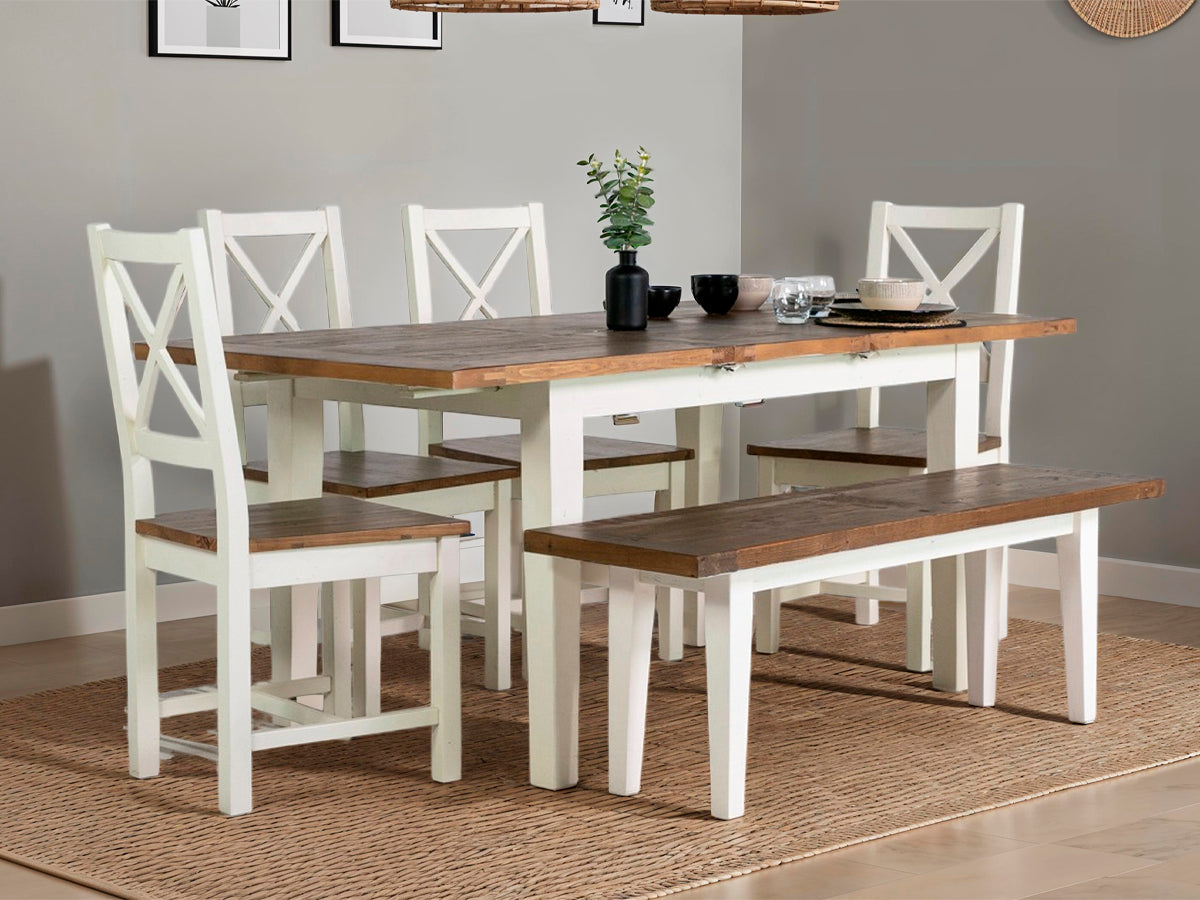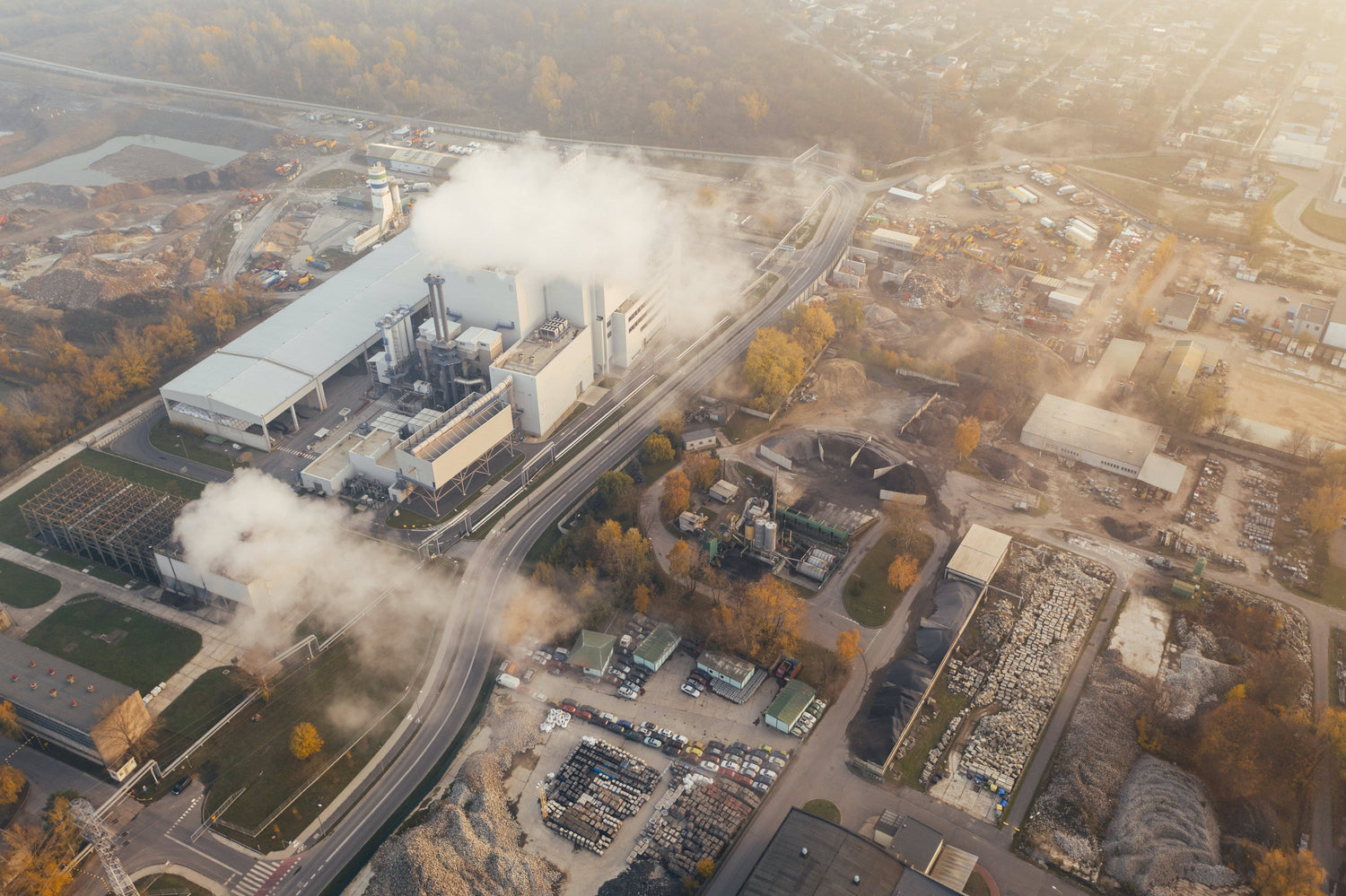In an era defined by environmental awareness and a collective commitment to sustainable living, individuals are increasingly seeking ways to align their lifestyle choices with eco-conscious practices. The decision to invest in reclaimed wood furniture emerges as a pivotal step towards reducing one's carbon footprint.
This essay aims to illuminate the intricate ways in which the purchase of reclaimed wood furniture contributes to a lower carbon footprint, offering not only aesthetic appeal but also a tangible impact on environmental sustainability.
-
Minimising Deforestation and Logging Impact:
One of the primary mechanisms through which buying reclaimed wood furniture diminishes carbon footprint lies in its role in minimising deforestation. Traditional furniture production often relies on freshly harvested timber, necessitating the clearing of forests. This deforestation contributes significantly to carbon emissions, as trees act as natural carbon sinks. When trees are cut down, the stored carbon is released into the atmosphere.
In contrast, reclaimed wood comes from existing sources, such as old barns, industrial structures, or salvaged wood from other projects. By opting for reclaimed wood furniture, consumers actively discourage the demand for newly harvested timber, thereby helping to preserve existing forests and mitigating the release of stored carbon into the atmosphere.
-
Reducing Manufacturing Emissions:
The manufacturing process of furniture, especially when using new wood, entails significant energy consumption and emissions. From logging and transportation to the milling and processing of raw timber, each stage contributes to the carbon footprint associated with the final product. Reclaimed wood, however, requires less processing.
When consumers choose reclaimed wood furniture, they are essentially opting for materials that have already undergone the initial stages of processing. The need for intensive manufacturing processes is diminished, resulting in lower energy consumption and reduced emissions. This step towards a more sustainable production process directly contributes to a smaller carbon footprint associated with the creation of furniture.
-
Encouraging the Circular Economy:
Reclaimed wood furniture embodies the principles of the circular economy, wherein materials are repurposed and reused, minimising waste and promoting sustainability. When wood is salvaged from old structures or repurposed from discarded items, it extends the lifespan of the material. This not only reduces the need for new raw materials but also prevents the disposal of old wood into landfills, where it would decompose and release methane, a potent greenhouse gas.
By embracing the circular economy model through the purchase of reclaimed wood furniture, consumers actively participate in a regenerative process that lessens the environmental impact associated with traditional linear production and disposal methods.
-
Longevity and Durability:
Reclaimed wood furniture often exhibits superior durability and longevity compared to its mass-produced counterparts. This longevity has a direct impact on the carbon footprint. When furniture lasts for an extended period, the frequency of replacements decreases. Every new piece of furniture manufactured and transported comes with its own carbon cost.
Reclaimed wood, with its inherent strength and character, can withstand the test of time. Choosing furniture with durability in mind is a conscious decision to reduce the overall demand for new items, mitigating the carbon emissions associated with the continuous production and transportation of furniture.
-
Localised Production and Reduced Transportation Emissions:
The sourcing of reclaimed wood often involves local or regional artisans and suppliers. This localised production has a twofold effect on reducing the carbon footprint. Firstly, it supports local economies and craftsmanship, contributing to sustainable community development. Secondly, it minimises the emissions associated with long-distance transportation.
Unlike the globalised supply chains of new wood furniture, where materials may travel vast distances before reaching the consumer, reclaimed wood is often sourced closer to the point of production. This proximity results in fewer transportation emissions, aligning with the principles of sustainability and reducing the overall environmental impact of the furniture industry.
-
Promoting Sustainable Forestry Management:
The use of reclaimed wood in furniture also indirectly contributes to sustainable forestry management. As consumers increasingly opt for reclaimed wood products, the demand for newly harvested timber diminishes. This shift in demand sends a clear signal to the forestry industry to adopt responsible and sustainable practices, ensuring the long-term health of our forests.
Sustainable forestry management, including practices such as selective logging and reforestation, contributes to the sequestration of carbon and the preservation of biodiversity. Thus, the choice to purchase reclaimed wood furniture becomes a part of a broader movement towards fostering healthier and more resilient ecosystems.
The decision to invest in reclaimed wood furniture transcends the realm of aesthetic preference; it embodies a powerful commitment to environmental sustainability. By reducing the demand for newly harvested timber, minimising manufacturing emissions, embracing the circular economy, promoting longevity, supporting localised production, and indirectly contributing to sustainable forestry management, individuals can actively contribute to a significant reduction in their carbon footprint.
Reclaimed wood furniture, with its unique charm and eco-friendly attributes, becomes a tangible and impactful choice for those seeking to live in harmony with the planet, creating a greener and more sustainable future for generations to come. In aligning our purchasing decisions with the principles of environmental stewardship, we embark on a journey towards a more sustainable and resilient world.



















Leave a comment
This site is protected by hCaptcha and the hCaptcha Privacy Policy and Terms of Service apply.